Moving house is an unavoidably stressful business.
Moving from a more than century-old family home – one of historic significance and iconic construction, enchanted by timeless tales of triumph – is an emotional wrench.
The reality is even the spirit of Archibald Leitch would be surprised to discover one of his most eye-catching creations is still standing more than 100 years since its construction.
Dens Park is a symbol of Dundee Football Club’s long and proud history.
Our proposed new stadium development at Camperdown Park – chevron-angled entrance and all – is a statement of intent for a successful future.
A global pandemic and ensuing economic crisis have inevitably impacted a process that began in 2016.
Those fans and observers who understandably defaulted to a ‘we’ll believe it when we see it’ on stadium plans will have discovered that our Planning Permission in Principle (PPiP) documentation landed on the Dundee City Council planning website like an electronic equivalent of a cargo plane.
‘Excitement shown by supporters’
I am grateful to the 20-plus consultants who have brought their expertise, energy and enthusiasm to the project at this critical planning stage.
Given the logistical, environmental, financial and emotional considerations on such a significant proposal it was essential we devoted time, effort and money to ensuring a robust and, above all, inspiring proposal even at this preliminary planning stage.
Both Tim [Keyes, Dundee co-owner] and I have been greatly encouraged by the positivity and excitement shown by supporters, MPs, and MSPs across the political spectrum, as well as fellow clubs and football organisations, since we released our concept designs and as the details of our planning submission emerged.
There are some important benefits to the city that transcend preferences for dark blue or tangerine and I have been adamant from day one that we want the new stadium campus to be a crown jewel in the regeneration of Dundee that continues apace.
But what does that mean?
It means that for our part the total investment in the project directly and indirectly has been estimated at £95m.
That figure includes a significant capital investment – one we are prepared for, but over a 100-year life cycle an investment that will enable the long-term prosperity of the club.
Just like buying a house, building a stadium requires the equivalent of a mortgage.
It is important to stress that the ‘debt’ as such will not be borne by the club and in actual fact the repayment terms will be preferable to the £700,000 we are spending per year to keep the lights on at Dens Park.
That investment will in turn deliver an estimated £162m of Gross Value Added [benefits above and beyond the investment itself] to the local economy in the first 25 years alone.
That can be broken down into the creation of 230 ongoing full-time jobs – creating almost £6m of new income to the workforce – and 180 additional one-off construction jobs, generating around £4.5m of income.
These are just some of the headline benefits of the new proposal and we have been encouraged by the recent public statements from the council on their commitment to supporting developers and removing barriers throughout the planning phase.
‘Naturalised Dundonians…this is our home’
There is an emotional attachment to Dens Park which I fully empathise with. It has been our club’s home for generations.
But nothing will give me greater pleasure than the moment we open the front door of our new home at Camperdown for future generations, including my own family.
We came to Dundee when our kids were 12 and 10. My wife works with Dundee Rep and the Scottish Dance Theatre.
My youngest son is studying at Dundee University and my oldest is about to serve the British Armed Forces. We are dual citizens. Naturalised Dundonians.
And this is our home.
The proposal confirms the Camperdown project is more than a stadium – the reality for sports club and venue owners globally is that a stadium alone, hosting matches twice a week, is simply not commercially viable.
We want to make our stadium a part of the city’s vibrant entertainment footprint: bringing concerts, major events and conferences on a regular basis and providing a place for supporters of all generations to enjoy pre and post-match entertainment and hospitality, as well as consuming other forms of entertainment on non-matchdays.
It has to be a seven-day-a-week operation and I am pleased to say we have been working with some world-class consultants to deliver a stadium and campus reflective of modern supporter and consumer needs.
Indeed, our stadium planning and project management company, the globally renowned CAA Icon, have a portfolio of 11 professional sports leagues and projects totalling £31bn – including NFL, NBA, MLS and MLB stadium redevelopments and live redevelopment consultation involving Milan’s San Siro and St James’s Park, Newcastle.
We have also been clear that the project will include passionate local expertise here in Dundee as well as best-in-class consultancy support nationwide.
Together they have combined to ensure we have taken a significant and tangible step forward with the submission of PPiP.
Traffic management
I understand that a lot of media focus and supporter questions relate to the traffic management around the Kingsway.
But those who have pored over the PPiP documentation will have seen the extensive modelling and infrastructural planning undertaken by transport, infrastructure and engineering consultants Systra.
We have also been in extensive dialogue with Transport Scotland, offering numerous options.
We are reassured by the testing and modelling that even in the event of ‘the Old Firm scenario’ of lunchtime weekend kick-offs, the reports state that traffic can be accommodated on the road network without material detriment to congestion and traffic conditions.
We will of course continue to work with the council, Transport Scotland and other partners to work towards the optimal solution.
So what happens next?
We await feedback on our PPiP submission and hope that we can take the significant step of having a spade in the ground as quickly as possible.
In the past week we have again met with representatives from the Dundee Supporters Association (DSA), the biggest fans group representing over 6,000 members, and have been encouraged by their positive feedback.
We have pledged to ensure a more connected experience between fans in all four corners of the new stadium, better provision and viewing experience for disabled and ambulant fans, and an enhanced pre and post-match experience.
The outcome of the meeting with DSA has only reinforced our belief that the new stadium will help reinforce the relationship between supporters, players and the club.
Build it and they will come.
John Nelms is managing director of Dundee FC

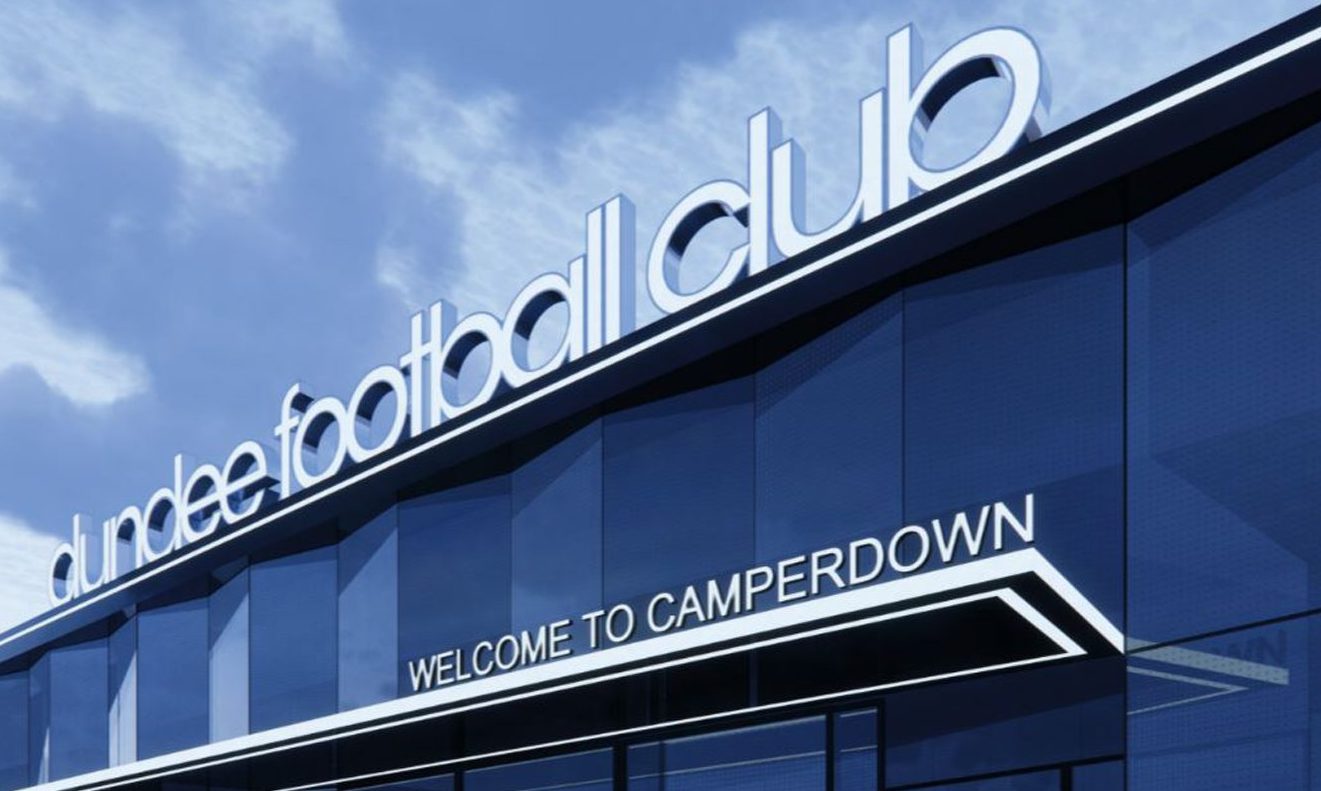
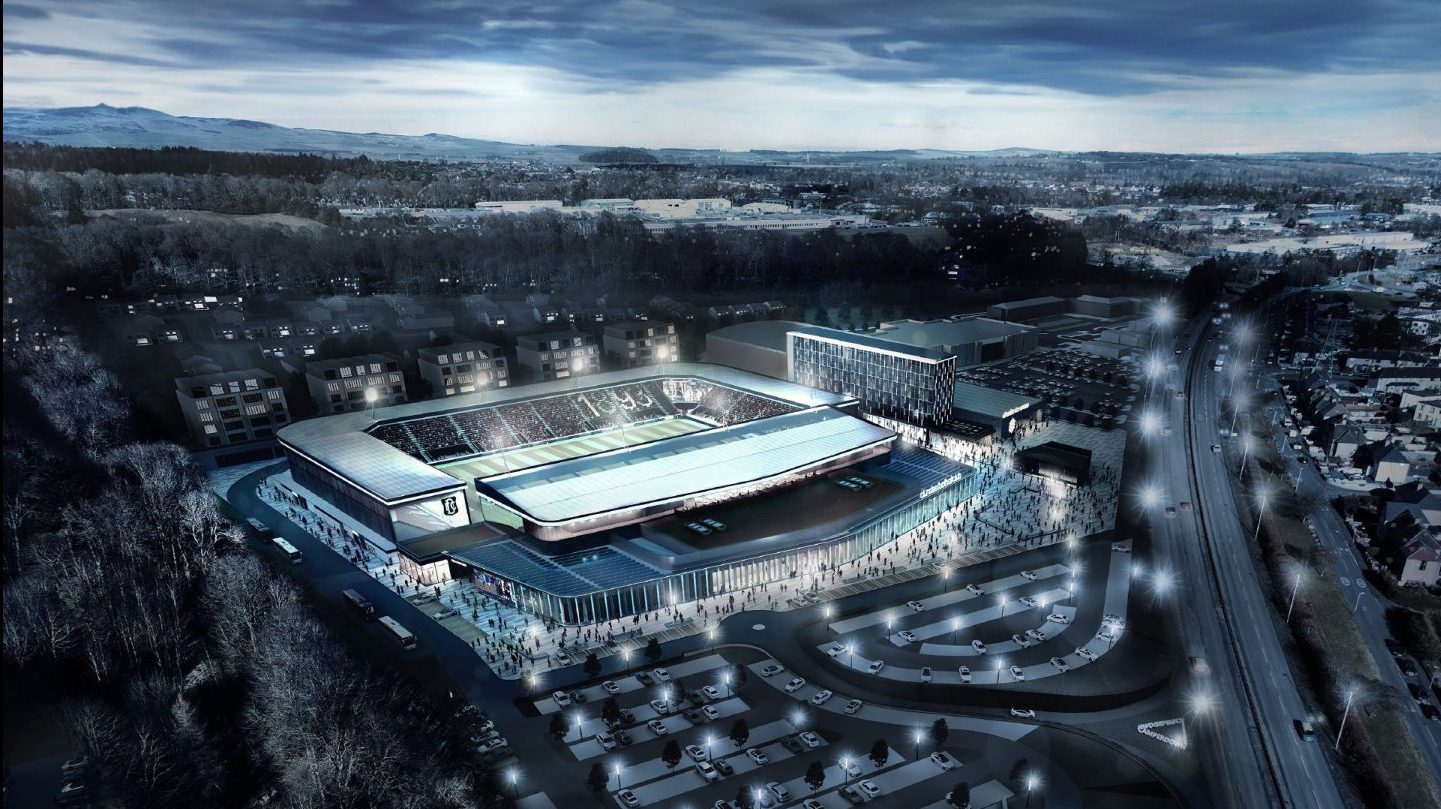
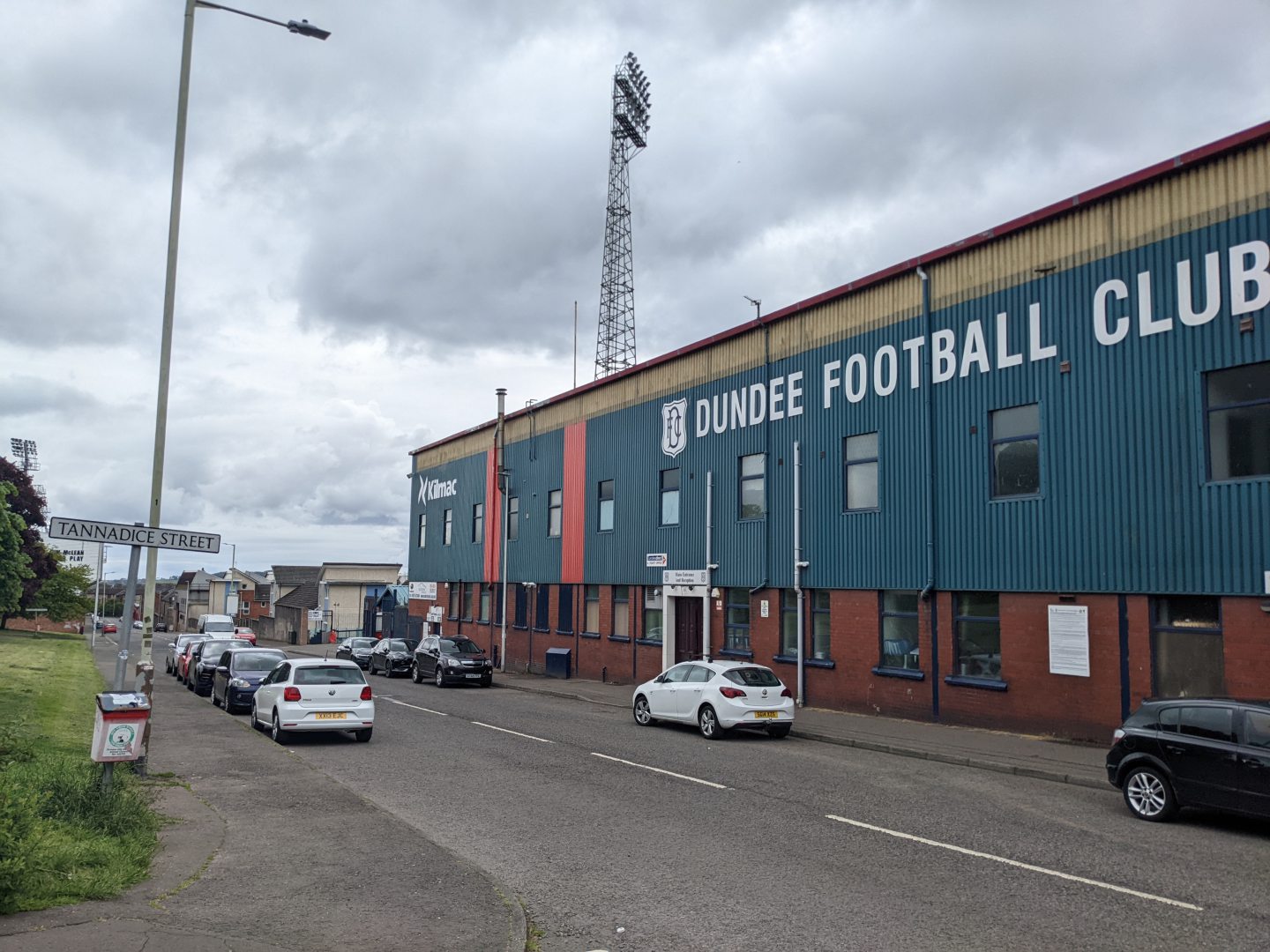
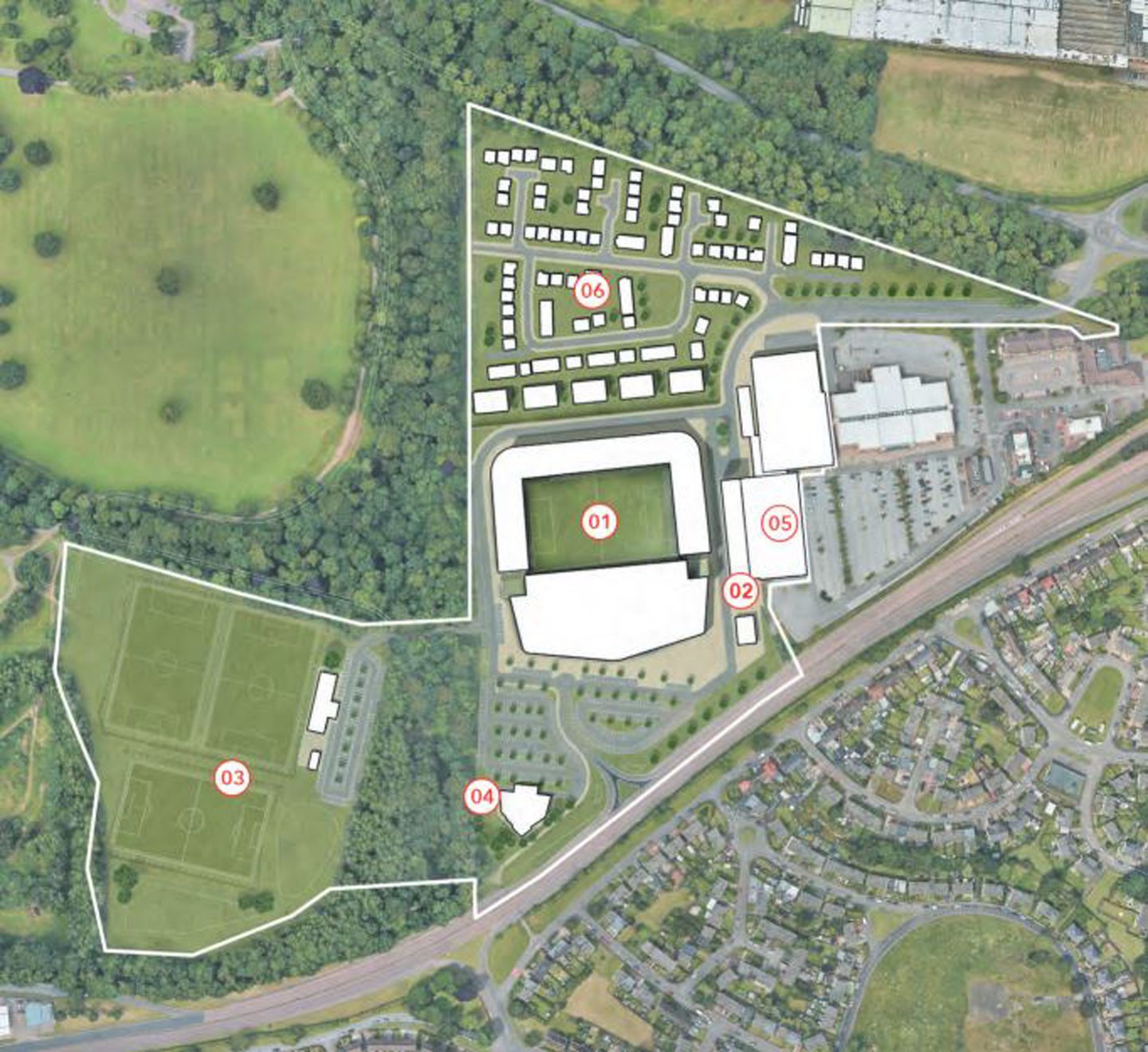
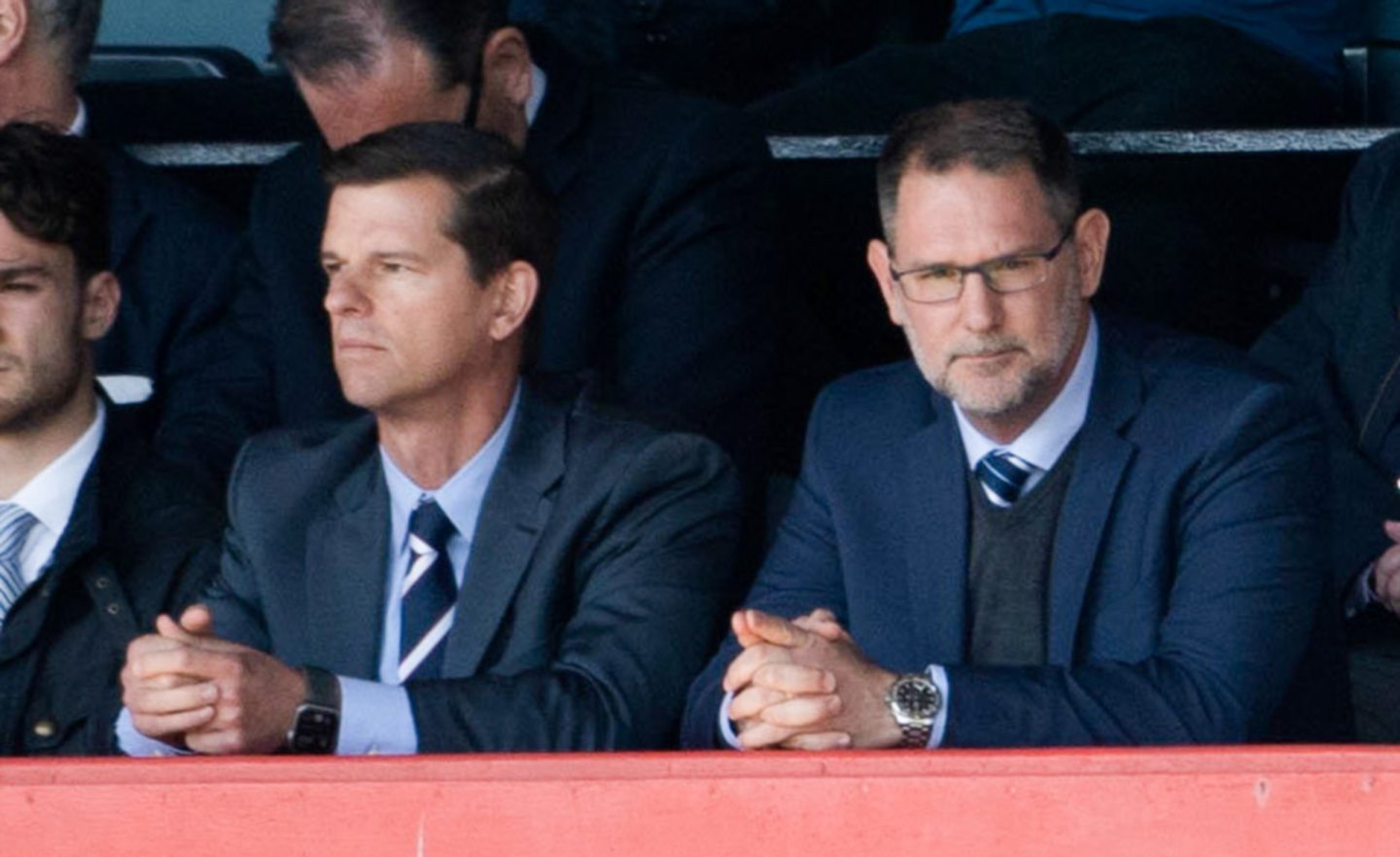

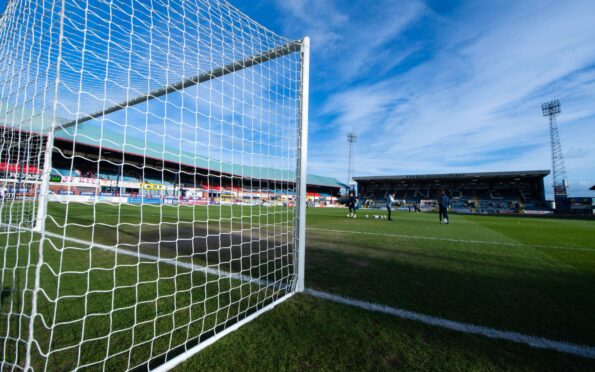
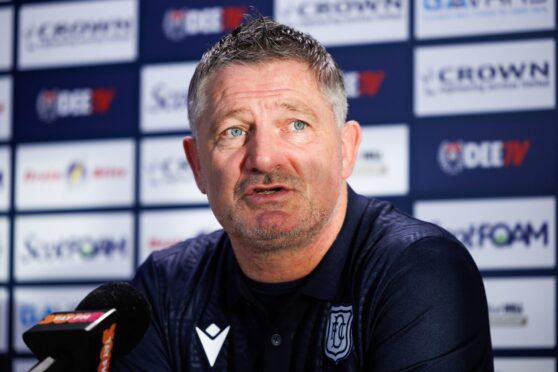

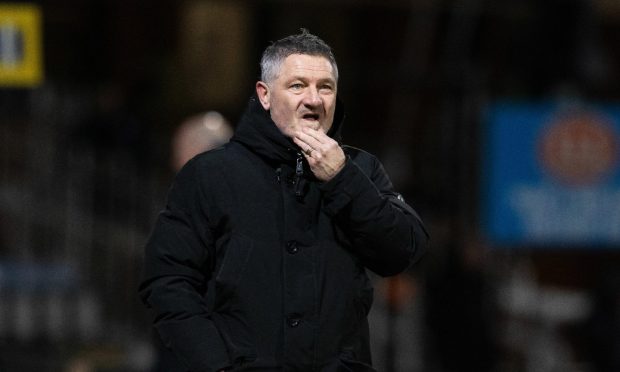
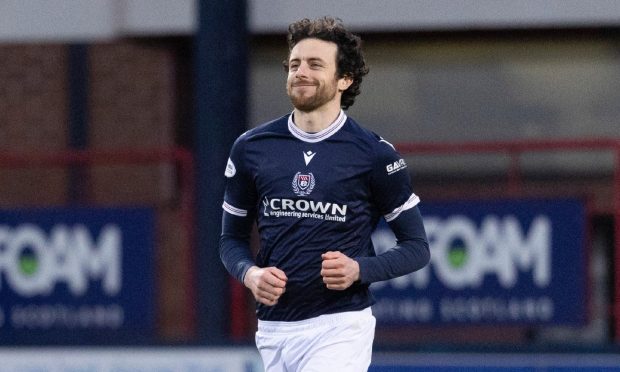
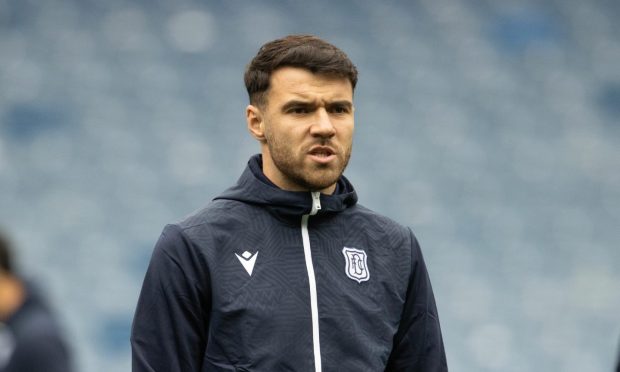


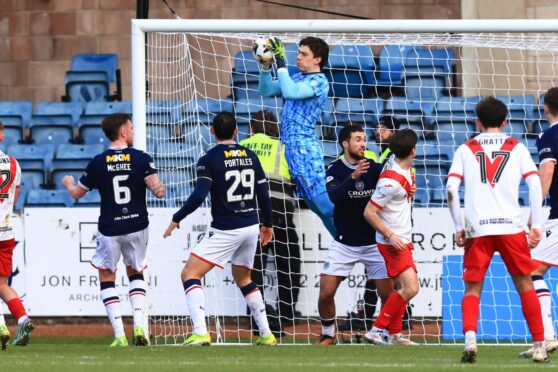
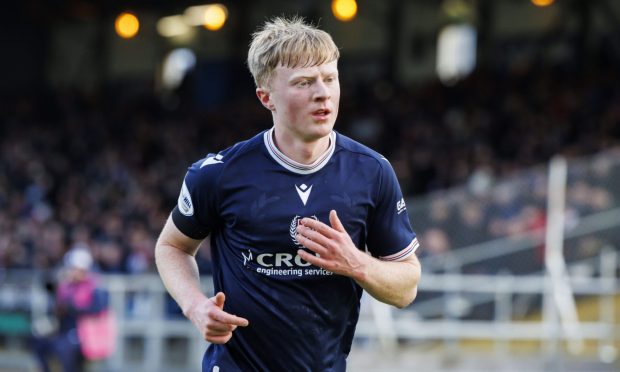
Conversation